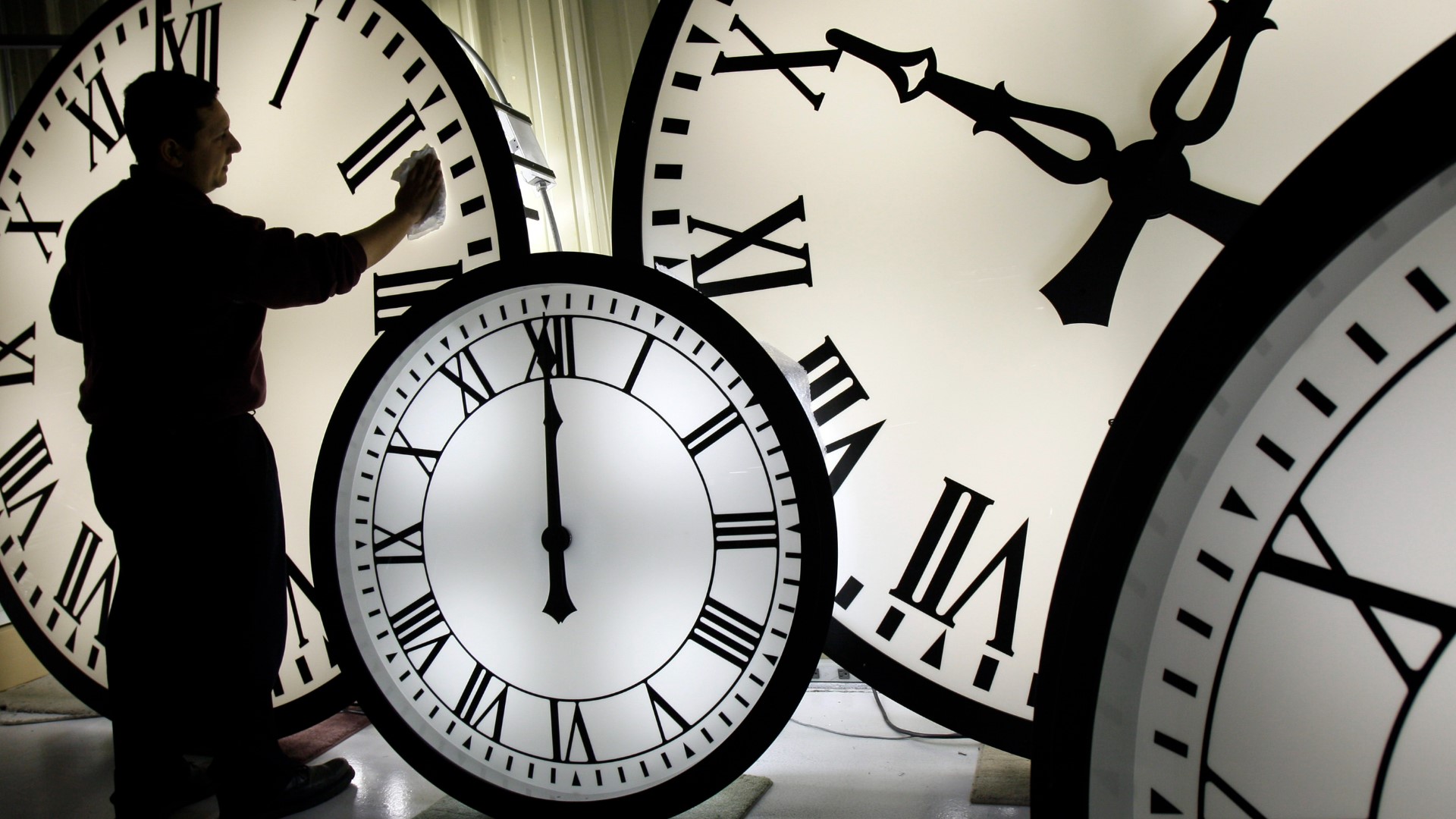COLUMBUS, Ohio — Daylight saving time will end this weekend.
Clocks will "fall back" an hour at 2 a.m. on Sunday, Nov. 3, resulting in an extra hour of sleep.
There's only two U.S. states that don't observe daylight saving time at all, Arizona and Hawaii. The two states rely on a loophole in a 58-year-old federal law that requires states to stay on daylight saving time.
Why was daylight saving time created?
The practice has been implemented in some form since World War I when Germany originally introduced it to conserve power and energy by extending daylight hours.
The Standard Time Act in 1918 was the first introduction of daylight saving time to American clocks. The temporary measure, which once held the nickname "war time," lasted from spring to fall and was intended to cut energy costs during World War I. The act is also responsible for the five time zones still in place today.
The Department of Transportation was created and given regulatory power over time zones and daylight saving time in 1966. In order to correct confusing and alternating time zones, the Uniform Time Act of 1966 sought a nationwide standard for daylight saving time from the last Sunday in April to the last Sunday in October.
Few changes have happened since then. Most recently, daylight saving time was extended by a few weeks in 2005 when former President George Bush changed the law. It is now observed from the second Sunday in March until the first Sunday in November.
Ohio is one of more than a dozen states trying to make daylight saving time permanent, essentially locking the clocks year-round.
Ohio State Rep. Rodney Creech introduced a resolution in 2023 urging Congress to make DST permanent. The bill was adopted by the House and sent over to the Senate. It is still pending.
Creech filed a similar bill in 2021, where it passed the House but died in the Senate.

